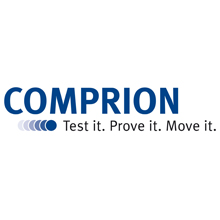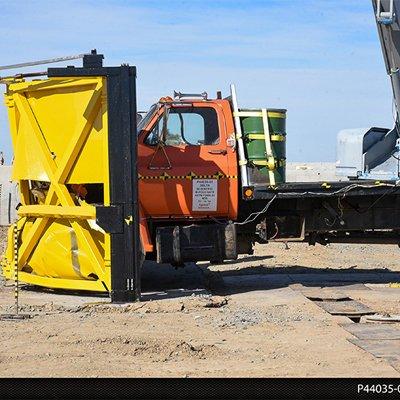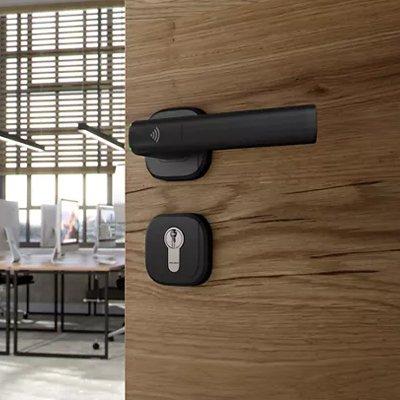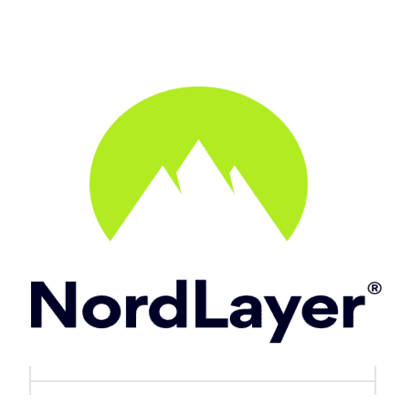 |
| The SIMalliance test specification covers the structure and coding required to build, remotely load, and install a profile on an eUICC |
Andras Talas, technical consultant at COMPRION, is the new leader of the SIMalliance eUICC Testing Group. Its goal is the creation of a new specification – the SIMalliance “eUICC Profile Package: Interoperable Format – Test Specification.” Talas explicates, “This test specification and the standardisation of a global binding format for profiles is one important step into the direction of an exchangeable eUICC content that works on different eUICC platforms.” A first phase – V1.0 of the test specification – is expected to be published in the middle of April.
Exchangeable eUICC content that works on different eUICC platforms
The core specification “Profile Interoperability Technical Specification” – which is referenced by the test specification – specifies the structure and coding required to build, remotely load, and install a profile on an eUICC. As the UICC is embedded, many operations, formerly carried out in personalisation centers by individual UICC vendors, now need to be performed in an open ecosystem from a remote location. The new test specification tests if the “Profile Interpreter” handles the profiles as required. The Profile Interpreter is an on-card entity that interprets and translates the profile data of objects residing on the eUICC (files, SDs, applications, keys, etc.). Talas comments, “We ensure that a service provider, such as car manufacturer, will be able to use a profile on any eUICC that claims to support the SIMalliance Interoperable Profile Format. In addition, a mobile network operator (who acts as the network access service provider) will be able to rely on the fact that the eUICCs support interoperable profiles as long as they comply with the specification.”
Besides COMPRION, contributors to the eUICC Profile Testing Group are Valid, Morpho, Gemalto, G&D, Oberthur, Movenda, ST Incard, Oasis, and Cellnetrix. As V1.0 of the test specification will not cover 100 % of the conformance requirements, a second phase is expected to be completed later this year.


















